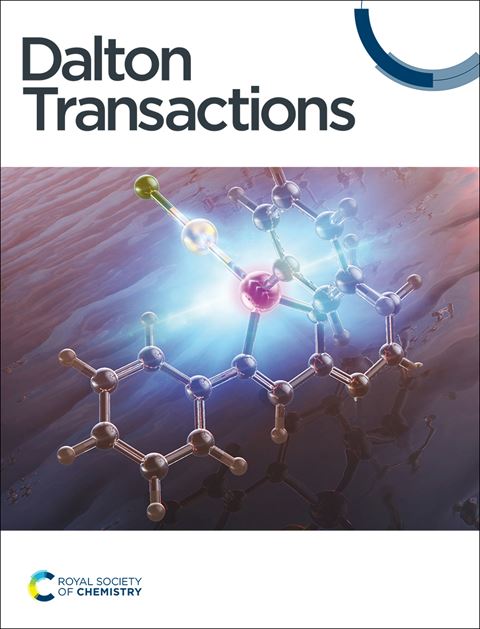Coordinated assembly of alkali and alkaline earth metals with perfluorinated [AlF6] group to design deep-ultraviolet zero-order waveplate materials
IF 3.5
3区 化学
Q2 CHEMISTRY, INORGANIC & NUCLEAR
引用次数: 0
Abstract
The capability of zero-order waveplates to manipulate the polarization of fundamental-frequency light has garnered significant attention in light of the rapid advancements in laser technology. In particular, zero-order waveplate materials in the deep-ultraviolet range (DUV; λ < 200 nm) are in urgent and short supply. In this study, three aluminum fluorides, AlF3 (P6/mmm), BaAlF5 (I4/m), and Li2KAl2F9 (C2/m), have been successfully designed and synthesized through a strategy that combines perfluorinated [AlF6] group with alkali and alkaline-earth metals. The results of experimental and theoretical calculations indicate that all three new aluminum fluorides have a short cutoff edge (λ < 200 nm) and small birefringence (0.0006 ~ 0.0056 @1064 nm). Theoretical calculations indicate that AlF3 (P6/mmm) has the shortest wavelength of 125 nm, which is comparable to the shortest wavelength of the commercially available MgF2. However, its birefringence of 0.0006 @1064 nm is about 20 times lower than that of the MgF2 (0.012 @546 nm), making it highly advantageous for fabricating deep-ultraviolet zero-order waveplate materials. Further microscopic analysis reveals that the [AlF6] group exhibits a substantial band gap of 9.17 eV and small polarizability anisotropy, indicating that the aluminum fluorides are potential candidates for designing suitable compounds for DUV zero-order waveplate materials.求助全文
约1分钟内获得全文
求助全文
来源期刊

Dalton Transactions
化学-无机化学与核化学
CiteScore
6.60
自引率
7.50%
发文量
1832
审稿时长
1.5 months
期刊介绍:
Dalton Transactions is a journal for all areas of inorganic chemistry, which encompasses the organometallic, bioinorganic and materials chemistry of the elements, with applications including synthesis, catalysis, energy conversion/storage, electrical devices and medicine. Dalton Transactions welcomes high-quality, original submissions in all of these areas and more, where the advancement of knowledge in inorganic chemistry is significant.
 求助内容:
求助内容: 应助结果提醒方式:
应助结果提醒方式:


